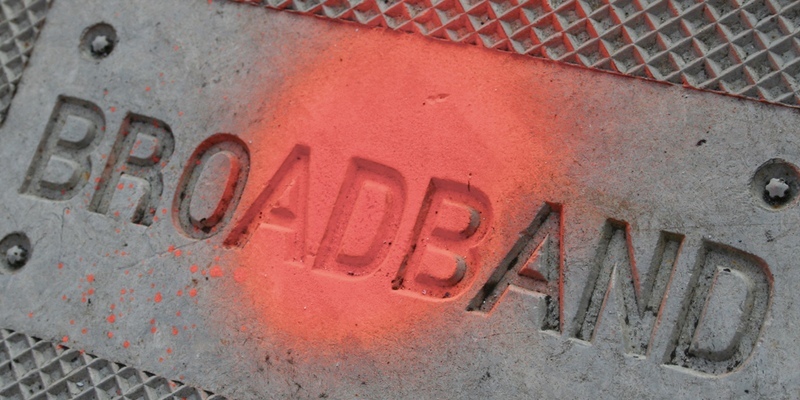The regional chairman of one of Scotland’s major business organisations has warned that failure to deliver high-speed broadband to rural areas will continue to threaten the ability of people to start and run their own business and to provide employment.
David Hutcheson, chairman of the Tayside branch of the Institute of Directors, was speaking after a parliamentary debate on rural connectivity highlighted the need for rural Scotland to be included in the digital revolution for high-speed broadband and 4G mobile coverage.
MSPs have urged the UK Government to direct Ofcom to increase the obligation for coverage in Scotland, as a large proportion of the areas currently not covered across Britain are in rural Scotland.
There are a number of households and businesses in Angus that cannot access appropriate broadband, or any at all.
“Scotland has a large number of small businesses and, for many, access to the internet is an integral part of doing business,” he said. “Once we would have been considered remote from key markets, but the growth of internet-based businesses has meant that where your business is based is less important than your ability to take orders and get delivery organised. Key to that, however, is access to fast, reliable and cost effective broadband.
“As employment changes and large companies employing vast numbers decline in Scotland, we see the rise of the home worker or small business. For some, however, there is a problem that internet access is hard to access or the speed is too slow.
“Much of the great innovation Scotland is rightly famous for came from individuals or small businesses and in a world where change is constant and at times seems to happen at an almost an unimaginable speed, fast internet access will become an increasingly critical component in the next generation of developments.
“Small firms are more likely to innovate when the infrastructure supports them.”
Continued…
It is thought the roll-out of next-generation broadband to rural Scotland can best be achieved through a small number of regional broadband projects. Two are already under development in the Highlands and Islands and the south of Scotland.
“We have the potential to see niche markets be developed, to see those who may have had difficulty travelling to an office find employment,” Mr Hutcheson continued.
“We have tremendous educational capabilities in Tayside we should be working hard to retain those with the highest skills in the area.
“Tayside has shown that it is a major hub for web-based developments, especially the games industry. We need the infrastructure to support this area and many others.
“Many of the most innovative and creative individuals would move to get what they need to support their innovations. We cannot allow this area to be seen as a backwater.”
He added, “As we come out of recession we must have all possible building blocks in place to help growth. Failure to deliver will hit our area, especially the more rural parts, hard. That cannot be allowed to happen.”
Rural affairs secretary Richard Lochhead said the issue is a key priority.
“We want all parts of rural Scotland to have access to next-generation broadband to ensure a bright future for our rural economy. We believe that a world-class broadband infrastructure will underpin the future of the digital economy.
“We have set out our ambition for all of Scotland to have access to next-generation broadband by 2020, with significant progress to be made by 2015.”
Photo used under a Creative Commons licence courtesy of Flickr user Gavin St. Ours.
